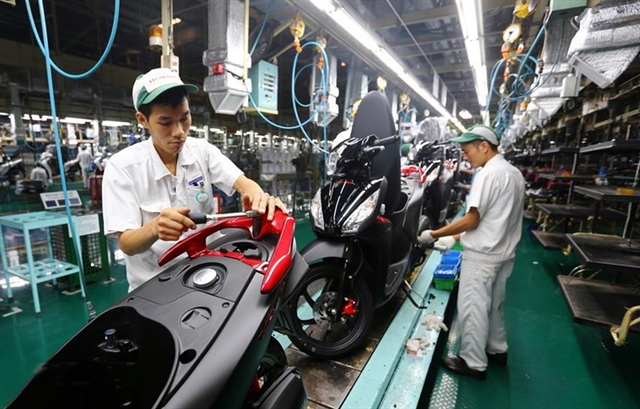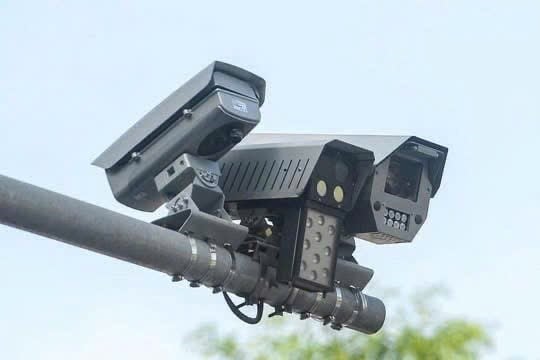 Economy
Economy

 |
| Production of engine parts, clutches and gearboxes of cars and motorbikes in Khai Quang Industrial Park, Vĩnh Phúc Province. — VNA/VNS Photo Hoàng Hùng |
HÀ NỘI — Vĩnh Phúc targets to become one of Việt Nam's largest automobile and motorbike manufacturing centres by 2030, according to the Vĩnh Phúc Provincial Plan for the period 2021 - 2030, with a vision to 2050.
According to Prime Ministerial Decision 158/QĐ-TTg approving this plan in early February, to achieve this target, Vĩnh Phúc's key tasks include promoting the province's strengths in developing high-tech industries with a focus on developing the mechanical industry, and manufacturing automobiles, motorbikes and electronic components.
Besides that, Vĩnh Phúc will be among the leading localities in terms of GRDP growth per capita; and have a synchronous and modern infrastructure that basically meets the criteria of a grade I urban area.
In its vision to 2050, Vĩnh Phúc will become a centrally-run city, with a modern and green infrastructure system, and a comprehensive development in economy, society, environment fields. Vĩnh Phúc will publish this development plan on March 5.
In recent years, Vĩnh Phúc has been known as one of the major industrial centres for the automobile mechanical sector in the North. Automobile companies always have the largest contribution to total budget revenue and create jobs for thousands of workers.
According to the Việt Nam Association of Supporting Industries (VASI), Vĩnh Phúc now has 16 domestic enterprises becoming tier-1 suppliers in the supply chains of electronic products, automobiles and motorbikes of FDI companies in Việt Nam.
Toyota has invested in Vĩnh Phúc since 1995. Now, this Japanese investor always holds the leading position in Việt Nam's automobile market with an output of over 70,000 vehicles per year. Toyota has also increased the vehicle localisation rate to between 19 per cent and 37 per cent, depending on each model.
Among six Vietnamese tier-1 suppliers in the supply chain for Toyota are three companies providing mechanical components and three others providing plastic components. Some of them are located in Vĩnh Phúc, and the rest are in neighbouring provinces.
Most components for Honda car assembly have to be imported (over 90 per cent), while only a few simple metal components are supplied by Việt Nam's enterprises.
However, the number of local suppliers participating in supply chains for Honda cars had increased from 16 in 2018 to 26 in 2021, especially companies supplying metal components. Meanwhile, for suppliers of plastic and rubber components, there was no supplier before 2021, and now there are three domestic suppliers participating in the chain.
Daewoo Bus Vietnam (Vidabus) started production in Vĩnh Phúc in 2007. The vehicle output surged significantly from 250 vehicles in 2020 to about 600 vehicles in 2021. Vidabus aims to increase capacity to 1,600 vehicles by 2024.
Vidabus's localisation rate now reaches about 30 per cent, mainly from Vidabus's factory, focusing on a few products such as car glass, batteries, floor coverings and ceiling panels. Most of the remaining manufacturing components must be imported. — VNS